Entry Type: Event
Filmore, Isaac (Execution of)
Finney v. Hutto
aka: Hutto v. Finney
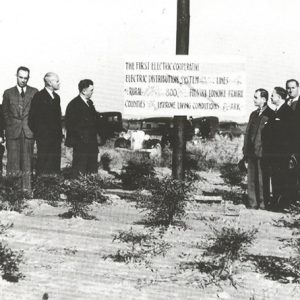 First Electric Cooperative's First Power Pole
First Electric Cooperative's First Power Pole
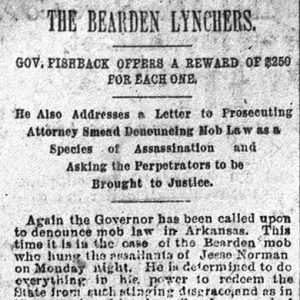 Fishback Lynchings Letter
Fishback Lynchings Letter
Fitzhugh’s Woods, Action at
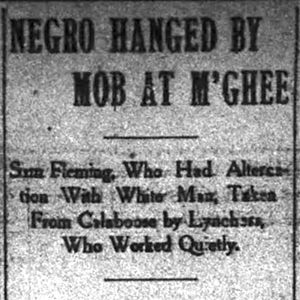 Fleming Lynching Article
Fleming Lynching Article
Fleming, Sam (Lynching of)
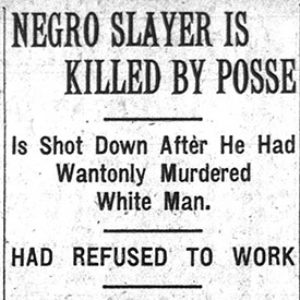 Flemming Lynching Article
Flemming Lynching Article
Flemming, Owen (Lynching of)
Flood of 1927
aka: Great Flood of 1927
aka: Mississippi River Flood of 1927
aka: 1927 Flood
Flood of 1937
Flood of 1978
Flood of 2019
Flu Epidemic of 1918
aka: Influenza Epidemic of 1918
Flynn-Doran War
Fooy, Samuel W. (Execution of)
Ford, L. L. (Execution of)
 Fordyce on the Cotton Belt Festival Cake Train
Fordyce on the Cotton Belt Festival Cake Train
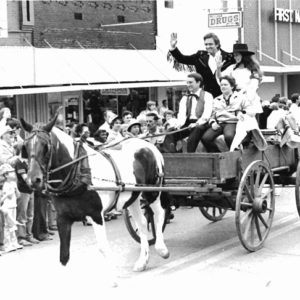 Fordyce on the Cotton Belt Festival Parade
Fordyce on the Cotton Belt Festival Parade
 Fordyce on the Cotton Belt Festival
Fordyce on the Cotton Belt Festival
Fordyce on the Cotton Belt Festival
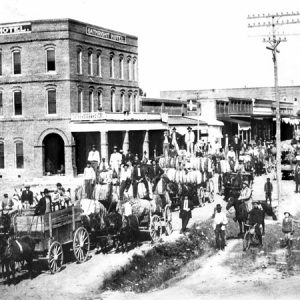 Foreman Cotton Auction
Foreman Cotton Auction
 Forrest City Riot Article
Forrest City Riot Article
Forrest City Riot of 1889
Forsyth, Missouri, to Batesville, Scout from
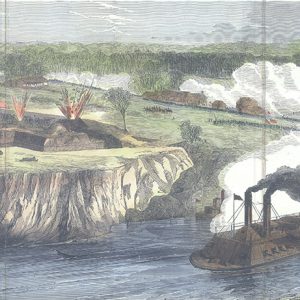 Fort Hindman Attack
Fort Hindman Attack
 Fort Pillow, First Position
Fort Pillow, First Position
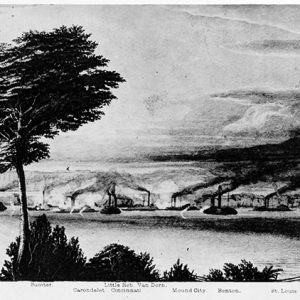 Fort Pillow, Third Position
Fort Pillow, Third Position
Fort Pinney to Kimball’s Plantation, Expedition from
Fort Smith Conference (1865)
Fort Smith Council
Fort Smith Expedition (November 5–16, 1864)
Fort Smith Expedition (November 5–23, 1864)
Fort Smith Expedition (September 25–October 13, 1864)
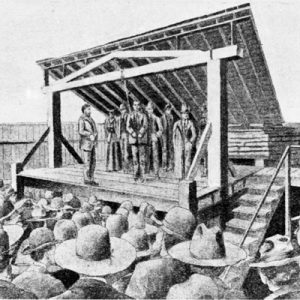 Fort Smith Hanging
Fort Smith Hanging
Fort Smith Schools, Desegregation of
Fort Smith Sedition Trial of 1988
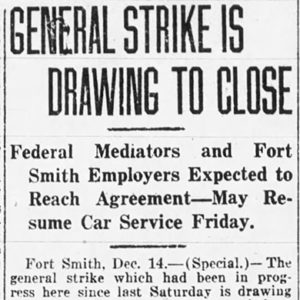 Fort Smith Strike Article
Fort Smith Strike Article
Fort Smith Telephone Operators Strike of 1917
Fort Smith Tornado of 1898
Fort Smith, Abandonment of
Fort Smith, Action at
Fort Smith, Affair at
Foster, Thomas P. (Killing of)
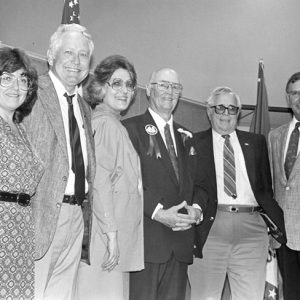 Bill Foster Roast
Bill Foster Roast
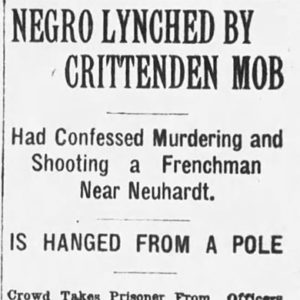 Warren Fox Lynching Article
Warren Fox Lynching Article




